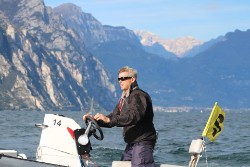
Welcome to the International Class Association website for the RS Aero. Here you will find all there is to know about the RS Aero including the latest news, how to register your boat, and links to relevant documents.
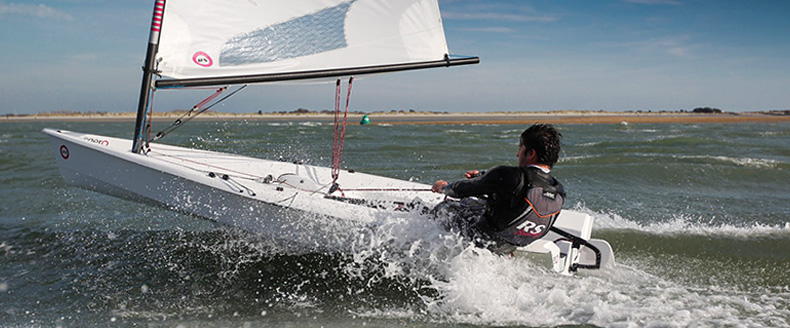
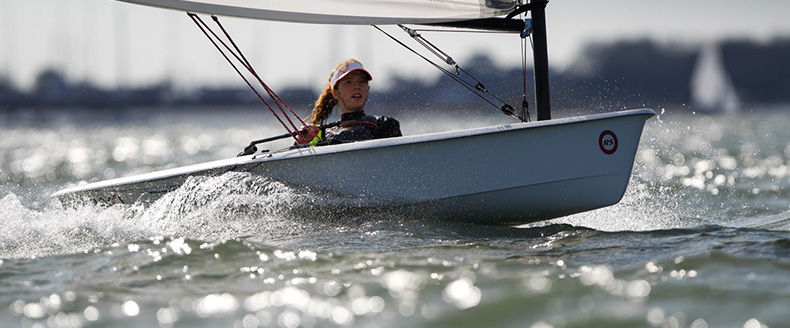
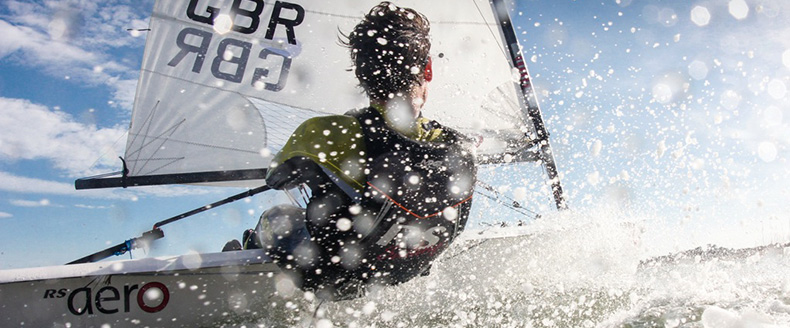
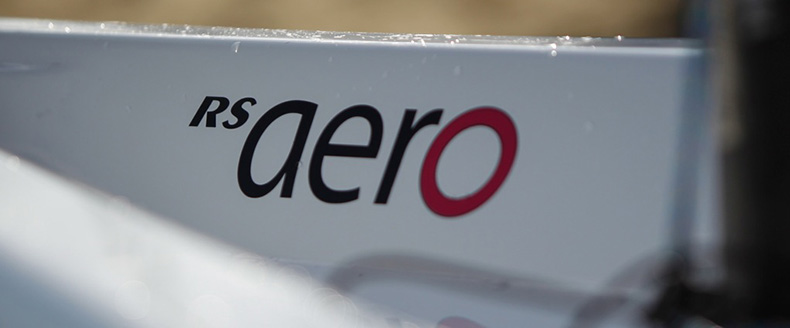
| Home >> Top Tips >> TopTip2020 #36 - Lake Sailing - by Dave Lynall, GBR |
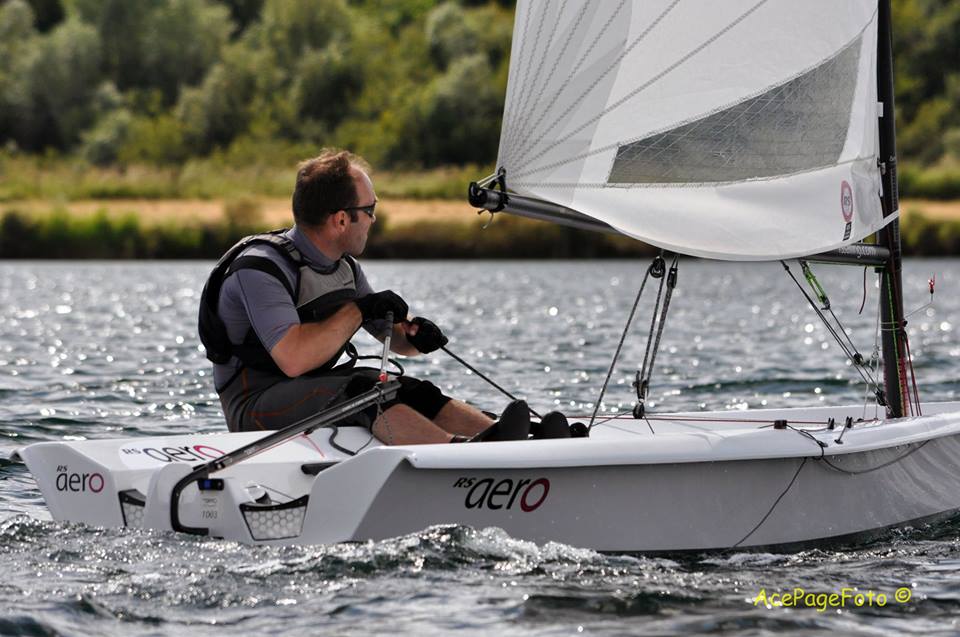 TopTips 2020 #36
TopTips 2020 #36 Lake Sailing
by Dave Lynall, GBR
It is always worth a trip to Bowmoor Sailing Club to pick up some tips from the super fast fleet of RS Aero sailors there, they can certainly teach most sea sailors a thing or two about racing on small lakes! David Lynall is one of the fastest RS Aero sailors in such conditions and shares a few key pointers that have proven to produce large gains;
' Lake Sailing
Lake sailing, whilst free from tides and waves has many subtle elements over and above coastal sailing. The biggest difference is the fluctuations in wind strength and wind direction. Let's just take the first element - wind strength on the beat. One minute you can be flat out hiking (or you should be!) and then next you are perched on the side struggling to move at all.
Upwind
Sometimes these lulls are momentary but more often than not, you will go from patches of 12 knots of breeze to 5 knot lulls. It's these solid fluctuations where massive gains can be made providing you are prepared to do some work! Essentially in 12 knots, most of us will have 90% or full kicker, about half downhaul and a fairly full foot (outhaul). If you enter into the 5 knot zone and leave your settings as they are, the lack of pressure in the rig will instantly form a terrible hooked leach which chokes the exhaust of the sail and will make you stop in a very short space of time. This is particularly noticeable in an RS Aero as there is less momentum.
Basically, the quicker you can react to these situations, the more likely it is that you will keep the boat driving through the low wind zone. Drop the downhaul off completely, the kicker off just a touch until your leach tell-tales start flowing again and if you have time, flatten the foot a bit. You will feel the rig breathe a sigh of relief and come to life again. This effect is often most pronounced when approaching the top of the beat if the windward mark is at the edge of the no wind zone.
Sometimes, I drop my kicker and downhaul off in two stages as I approach the mark in a diminishing breeze. You are basically trying to be that ultimate algorithm that keeps the sail at the optimum shape at all times. The more you do it, the more you will get the feel of keeping the rig breathing. As you come back into another patch of solid breeze again, pulling on the kicker and downhaul can be done from a comfortable sitting out position. It's a case of those that bother will reap the rewards and those that don't will see others sailing away from them. It does require some concentration and if you’ve done it right, you should feel mentally exhausted as well as physically!
Downwind
Now some of you will be thinking that’s all great and I do most of this already but… are you doing anything downwind, on the reaches and runs? Again, most of you will be letting off the kicker and downhaul as you go round the windward mark but then don’t touch the rig again till you start back up the beat. Huge gains can be made by making a good number of adjustments to your rig downwind. After all, the wind strength doesn’t stop fluctuating because you’ve gallantly conquered the beat! Stay focussed and keep thinking about change. If you don’t alter your kicker as a minimum I can almost guarantee that for 50% of your downwind legs, you will either have a hooked and stalled leach or you will be losing available power off the leach. Have your kicker rope close to hand, make sure you throw it the far side of your dagger-board just before a gybe so it’s always ready to adjust.
Try and glance back upwind see those lovely dark patches coming towards in good time and steer towards them by either a high angle on a reach or a side step on the run. You can then anticipate the kicker adjustments. The RS Aero benefits massively from moving into the pressure downwind as it accelerates so easily and the resultant speed difference can be large, even when sub planing. You can turbocharge your gain by having the correct amount of kicker on when the gust hits.On reaches consider a higher course in the lulls to maintain speed and to meet the next gust sooner. When you have a gust, once accelerated, sail a low course to keep the gust for longer. This can make a big difference even on very short legs where the temptation is the straight line. When planing conditions exist try to pick an angle that will first promote and then maintain planing for as much of the leg as possible in the varying breeze. You need to anticipate any increase or drop in strength that is likely later on the leg. The difference between planing and not planing is huge!
Lastly, whilst the RS Aero dagger-board is a very efficient foil with little drag, I do believe that for lake sailing when you are not turning through waves there are small gains to be made by lifting the board up incrementally according to your downwind angle.
Dave '
Reply
30/04/2020 18:06:00
Peter Barton
Posts: 4672





